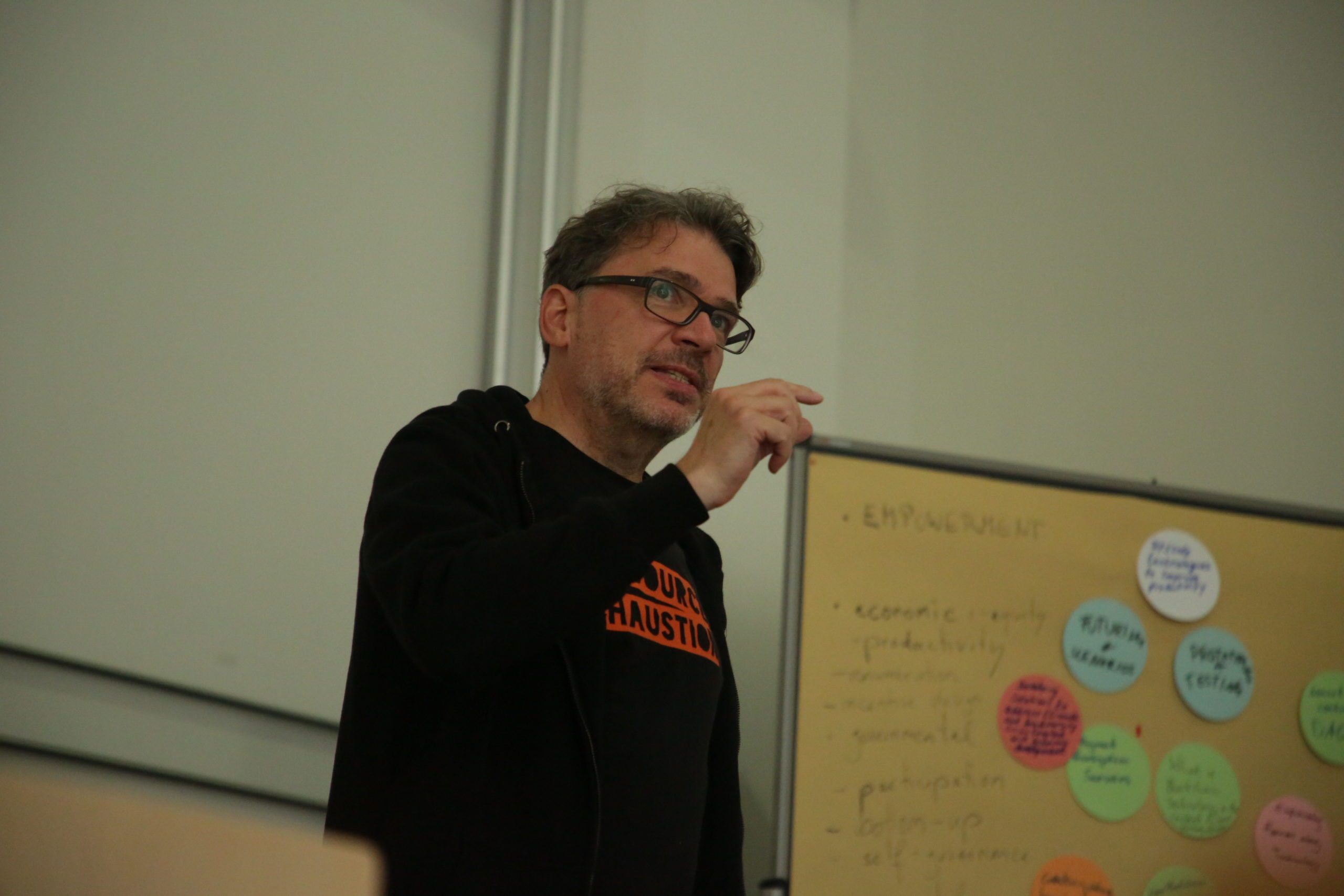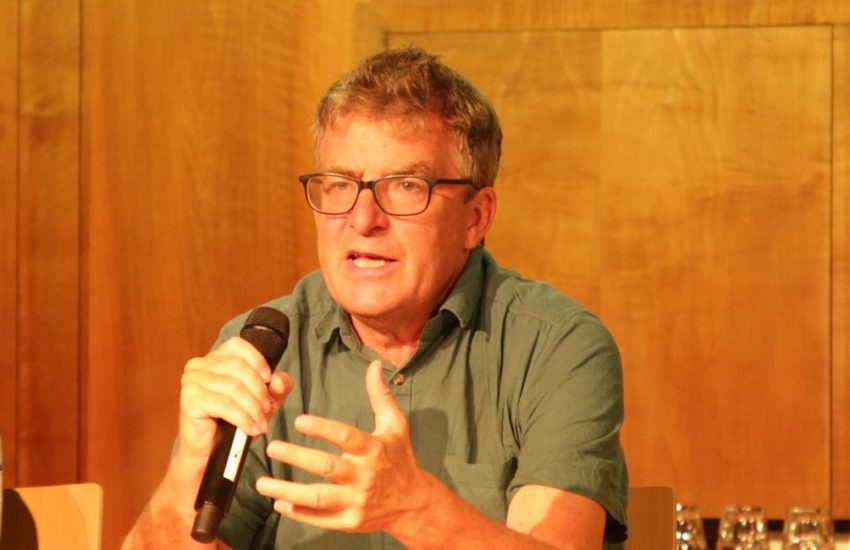Opening the Pandora’s Box: Blockchain and Web 3.0 in Food Systems
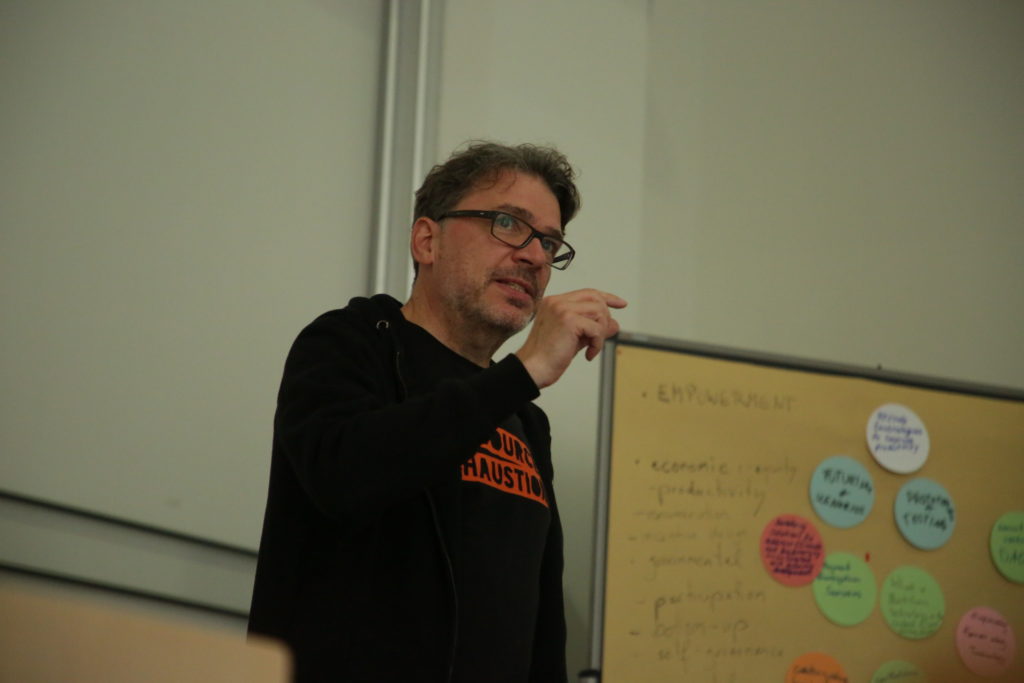
Blockchain: Beyond the Crypto Curtain
You’ve likely encountered the term “blockchain” in various forms, from cryptocurrencies to play-to-earn games. However, blockchain’s reputation, often overshadowed by Bitcoin’s rise to fame in 2009, has been marred by controversy. As of the writing of this article, Bitcoin’s market capitalization sits at an astounding $1.05 trillion, constituting a significant portion of the cryptocurrency market (CoinMarketCap, n.d.).
However, cryptocurrencies, despite representing less than 0.5% of global digital transactions in 2021, consume a disproportionate amount of energy—1.82 times more than traditional financial systems (Siddik et al., 2023). This raises valid concerns. Yet, it is essential to acknowledge the rapid evolution of blockchain technology over the past decade, yielding energy-efficient alternatives. Some of these consume a mere 0.00011kWh per transaction, a stark contrast to Bitcoin’s energy-intensive 703kWh (Lacey, n.d.; Best, 2023).
Energy consumption is a critical factor to consider, especially when contemplating the use of blockchain technology in our food systems—a domain in which sustainability is paramount. Blockchain, as a technology, has matured considerably but is still considered “young” and has plenty of room for improvement, particularly regarding sustainability.
Unpacking the Blockchain Mystery
The workshop began by aligning perspectives among participants, a diverse group comprising food systems experts, including Ph.D. and master’s students, researchers, technology enthusiasts, technical experts, and scientists. Fundamental concepts such as blockchain, tokens, and smart contracts were introduced, emphasizing their roles in decentralization, international payments, transaction transparency, and data management. Ronald Steyer from KfW stressed the transformative potential of blockchain’s decentralized, peer-to-peer, and immutable transactions in reducing bureaucracy, eliminating intermediaries, and granting data ownership to its creators.
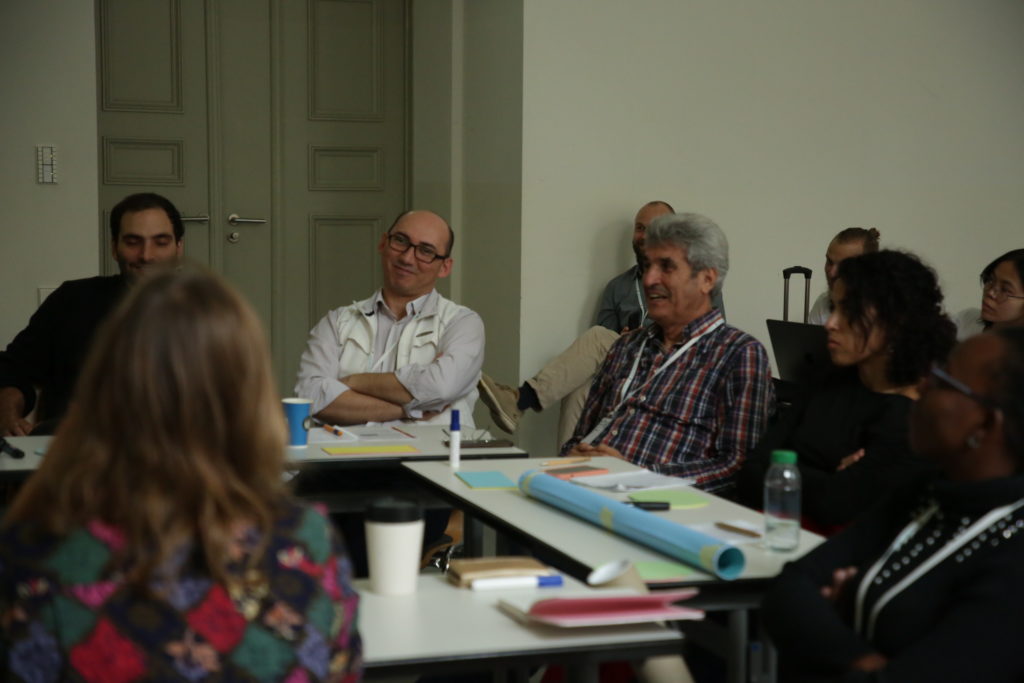
Empowerment in Various Dimensions
Empowerment takes on various forms, depending on one’s vantage point. Economically, it equates to heightened productivity. From a governance perspective, it signifies grassroots participation and self-governance within communities. In socio-economic terms, it entails access to resources, stable livelihoods, and the means to maintain good health.
Ronald Steyer puts forward the idea of the “Participation Revolution,” advocating for the inclusion of aid recipients in decision-making processes. He also highlighted the role of locally-led initiatives and their potential to drive meaningful change across different scales.
Where Blockchain Fits In
Ronald Steyer identified three key areas where blockchain technology could enhance food systems: reducing dependence on traditional funding structures through Regenerative Finance, enhancing traceability and accountability along the food supply chain, and promoting community empowerment through Web 3.0 technologies.
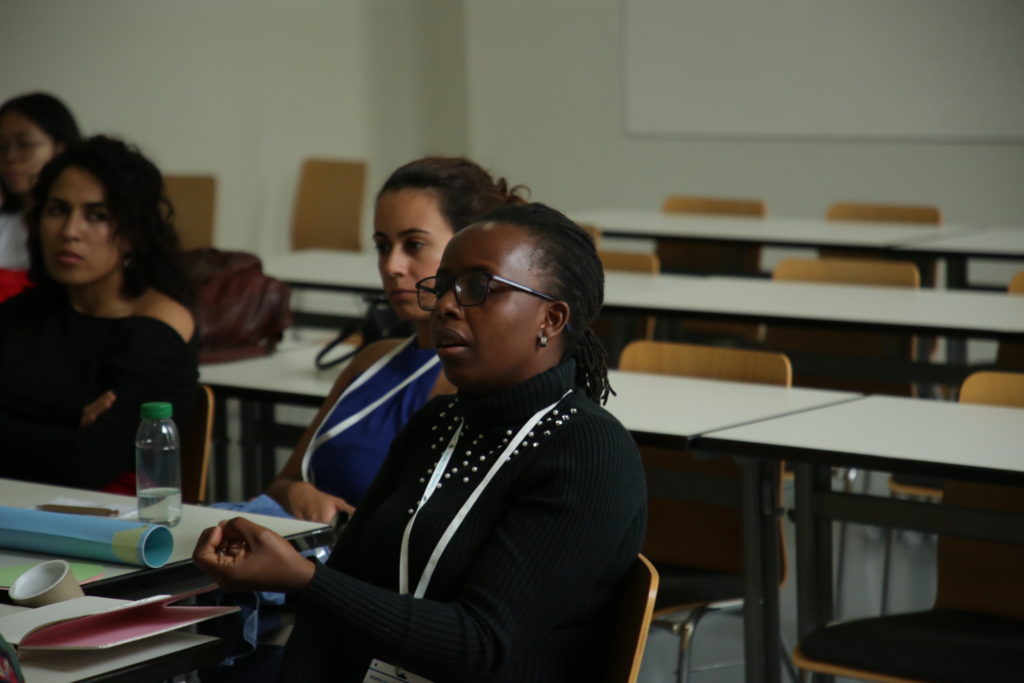
Prerequisites for Adoption
Throughout the discussion, numerous potential applications of blockchain technology in the context of food systems emerged. However, participants voiced concerns about the readiness of communities and infrastructures for such transformative changes. The central question arose: are we prepared for this seismic shift?
Daphine Kamusingize, a Ph.D. student from Wageningen University & Research, expressed openness to blockchain’s potential in motivating farmers engaged in scientific research and emphasized the importance of contextualizing the technology to local environments. For instance, in regions with limited access to technology and expertise, such as smallholder farmers in Africa, preparation and education are essential before introducing such a significant paradigm shift. Ronald Steyer emphasized the importance of empowering local leaders who can share knowledge effectively. Furthermore, efforts are underway to simplify user interfaces, making blockchain transactions as user-friendly as traditional banking applications.
Is It Time?
Embracing disruptive technologies like blockchain is invariably a gradual and challenging journey, particularly given its relative youth, only a decade old. Improving user-friendliness and environmental sustainability remains a priority. Nevertheless, the workshop had a positive atmosphere filled with optimism, reflecting the collective hope for further discussions and exploration of these promising avenues.
The workshop was arranged and led by Kajo Stelter and Jakob Herrmann from Weltweit – Gesellschaft zur Förderung lokaler Initiativen e.V., along with the University of Leipzig’s Hanna Fiegenbaum. To learn more about this initiative, please visit Action Network Worldwide and Positive Blockchain.io.
References:
Best, R. de (2023) Bitcoin energy consumption 2023, Statista. Available at: https://www.statista.com/statistics/881541/bitcoin-energy-consumption-transaction-comparison-visa/ (Accessed: 23 September 2023).
CoinMarketCap (n.d.) Bitcoin price Today, BTC to USD live price, marketcap and Chart, CoinMarketCap. Available at: https://coinmarketcap.com/currencies/bitcoin/ (Accessed: 23 September 2023).
Lacey, R. (no date) Eco-friendly cryptocurrencies: Everything you need to know, Times Money Mentor. Available at: https://www.thetimes.co.uk/money-mentor/article/eco-friendly-cryptocurrencies/#Why-is-cryptocurrency-bad-for-the-environment? (Accessed: 23 September 2023).
Siddik, M.A., Amaya, M. and Marston, L.T. (2023) ‘The water and carbon footprint of cryptocurrencies and conventional currencies’, Journal of Cleaner Production, 411, p. 137268. doi:10.1016/j.jclepro.2023.137268.

